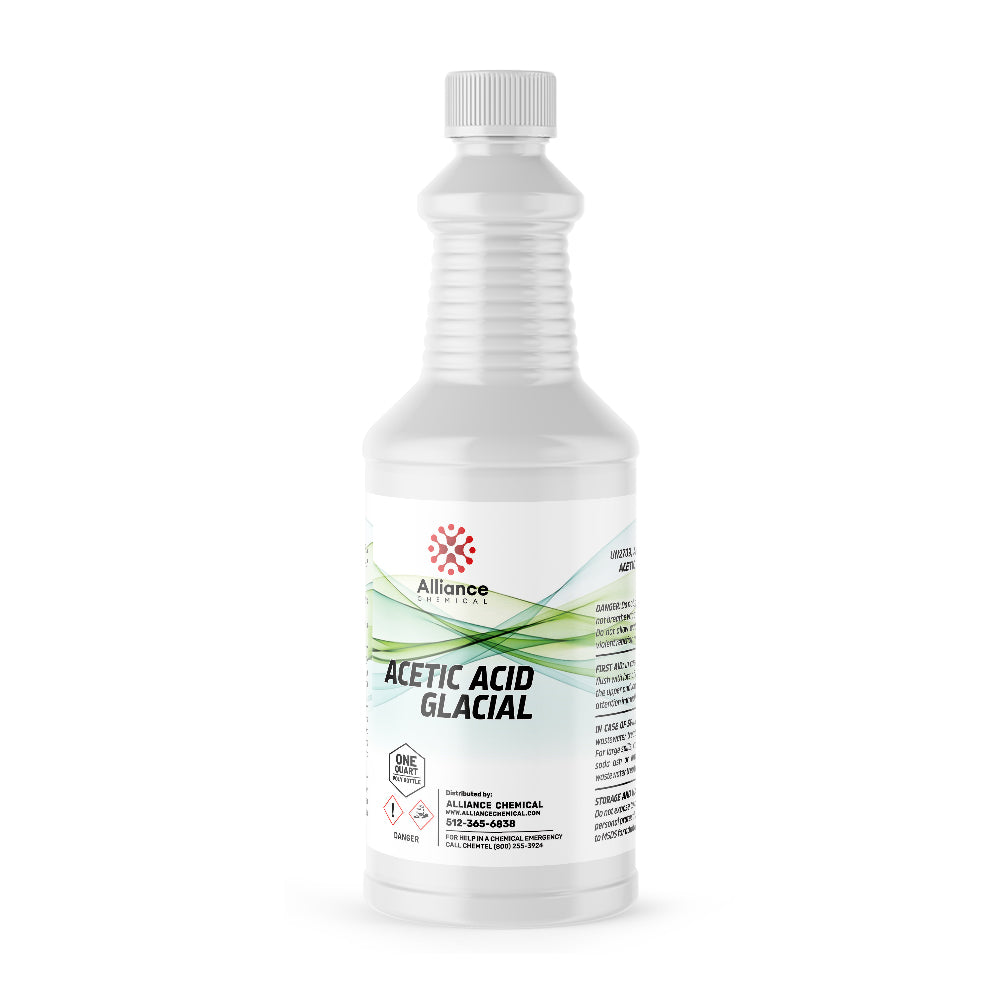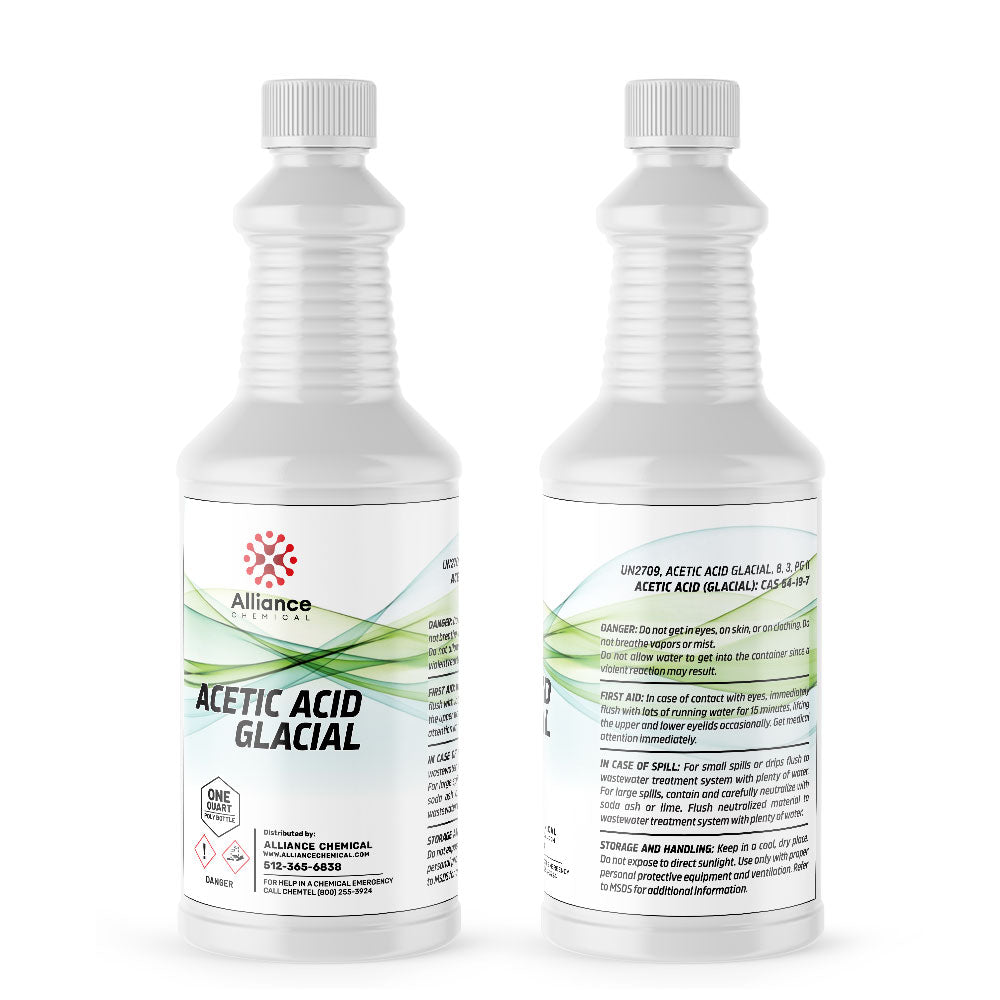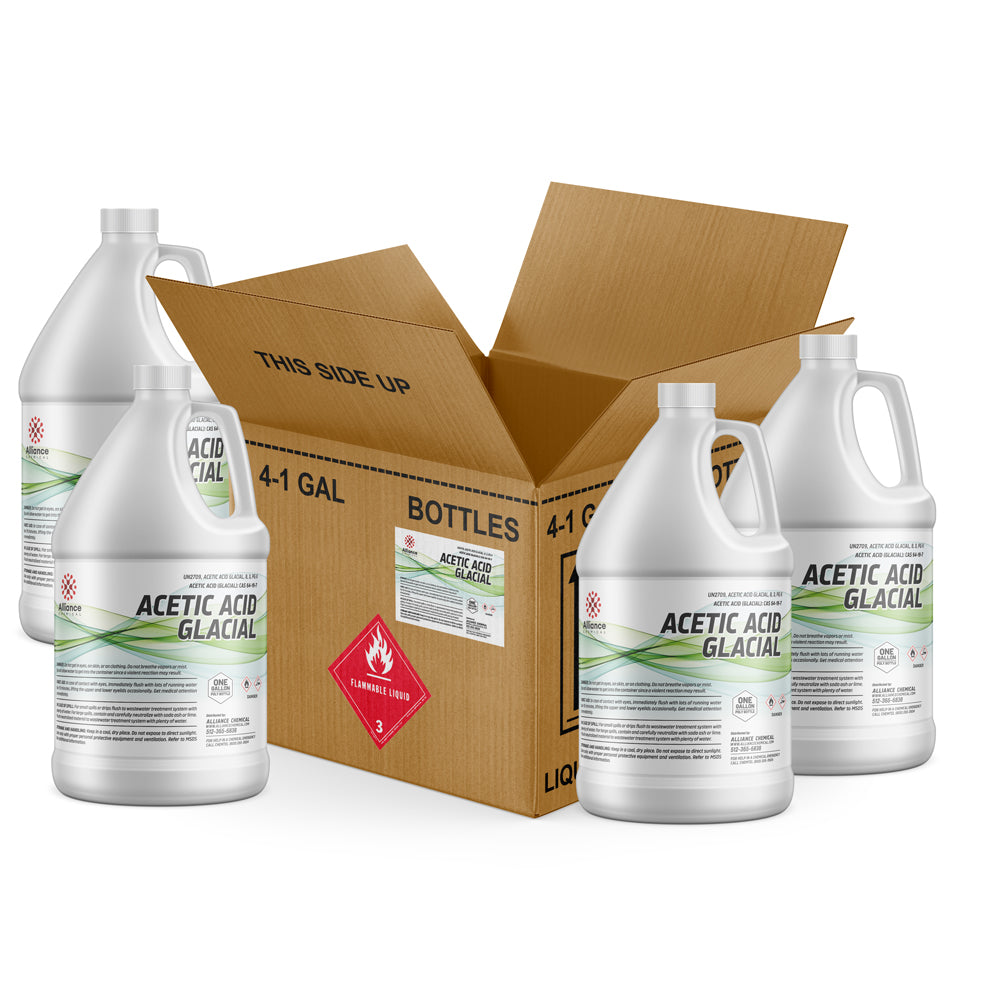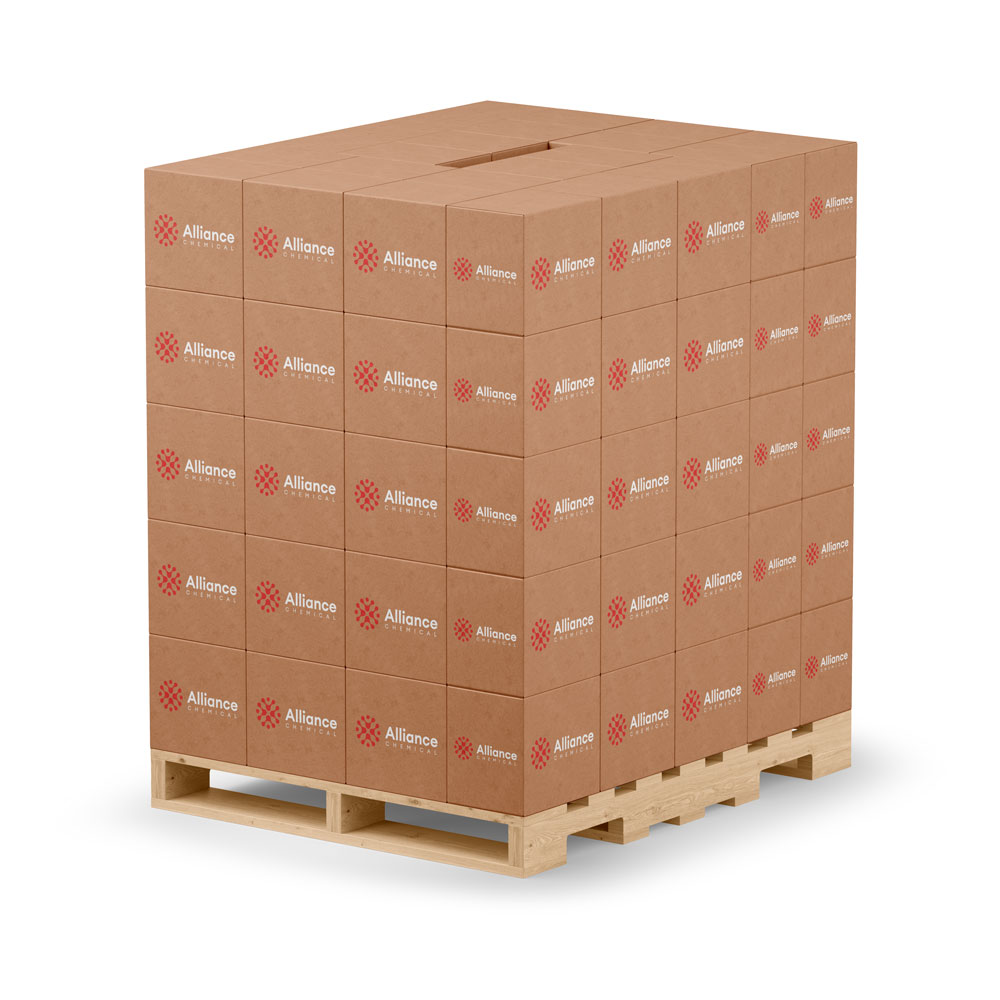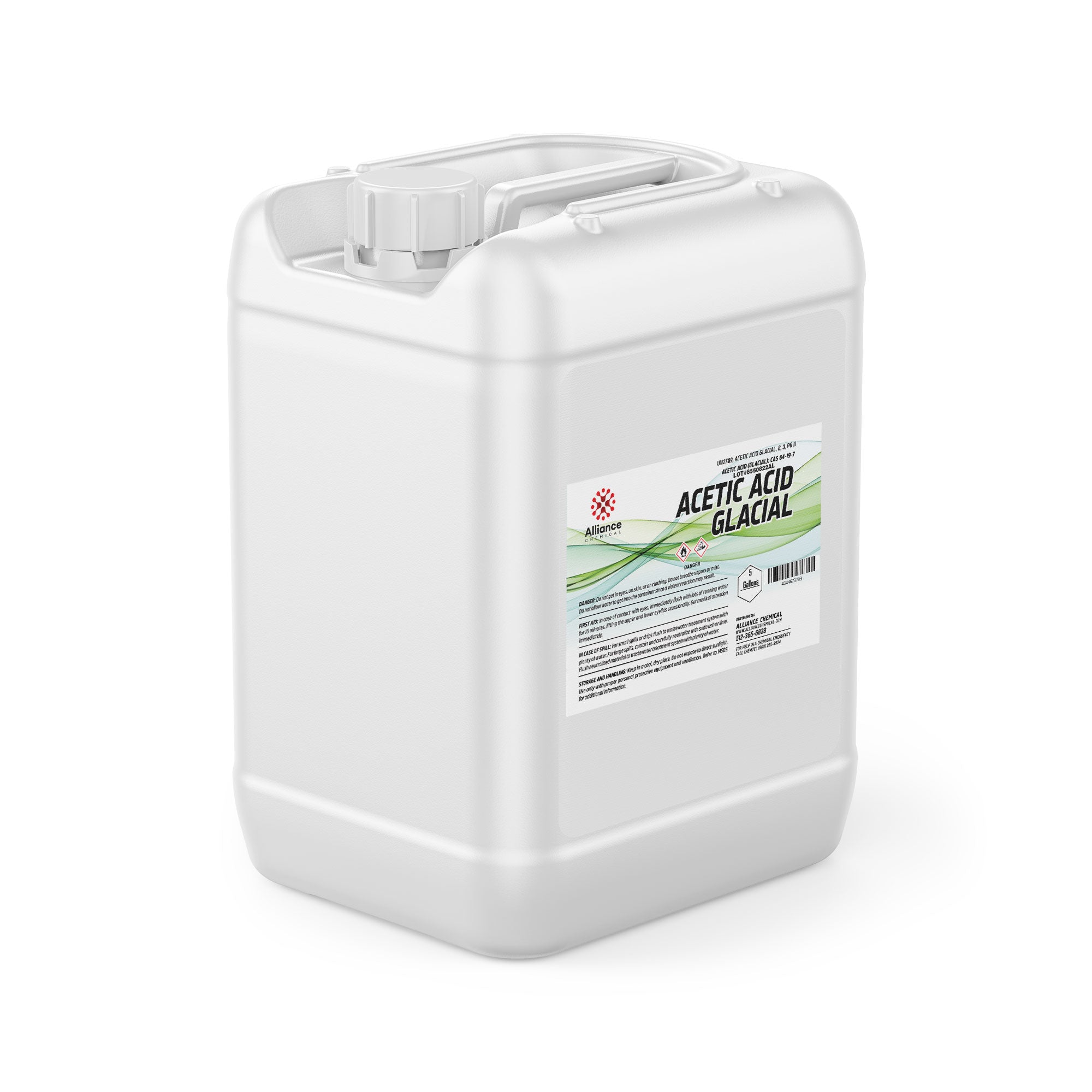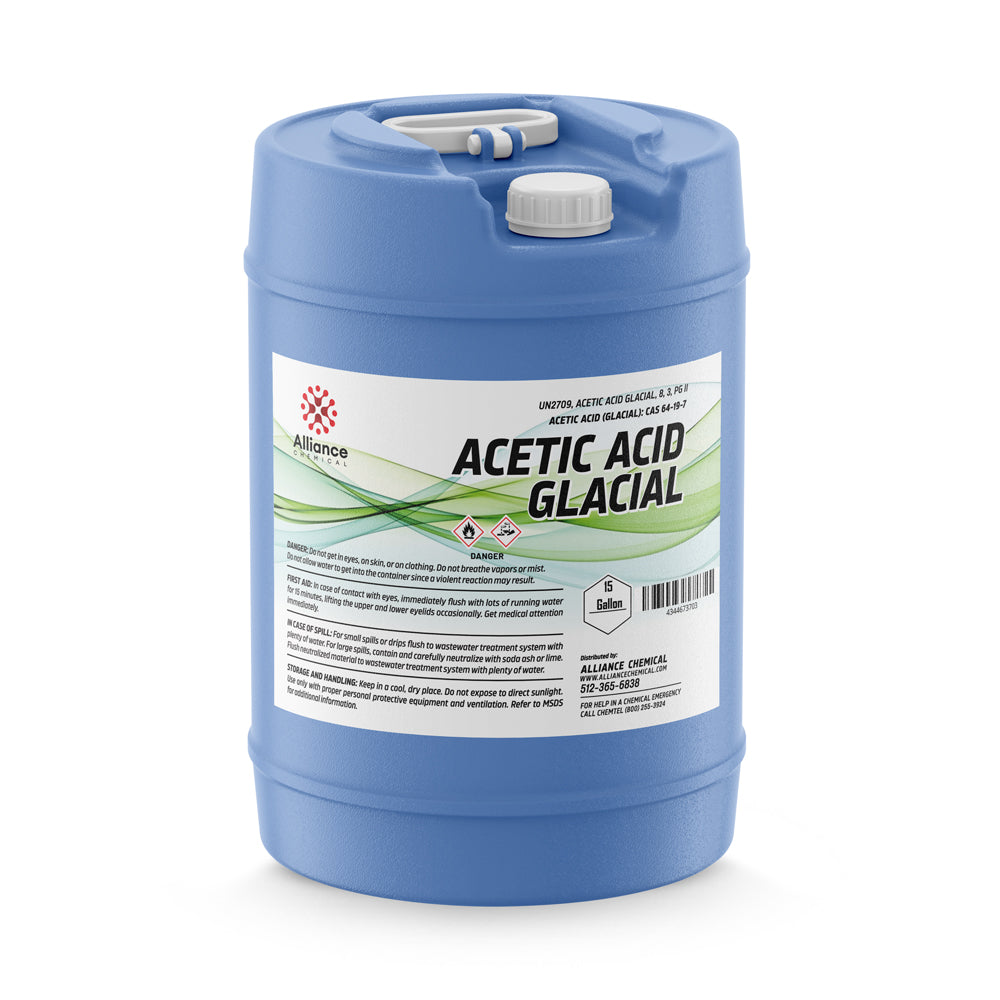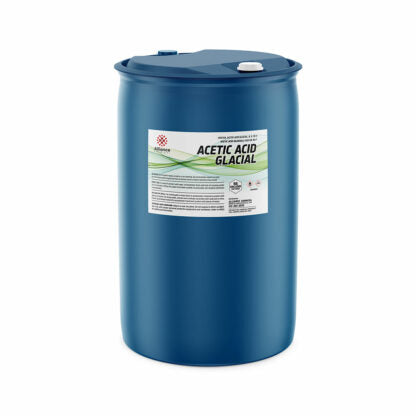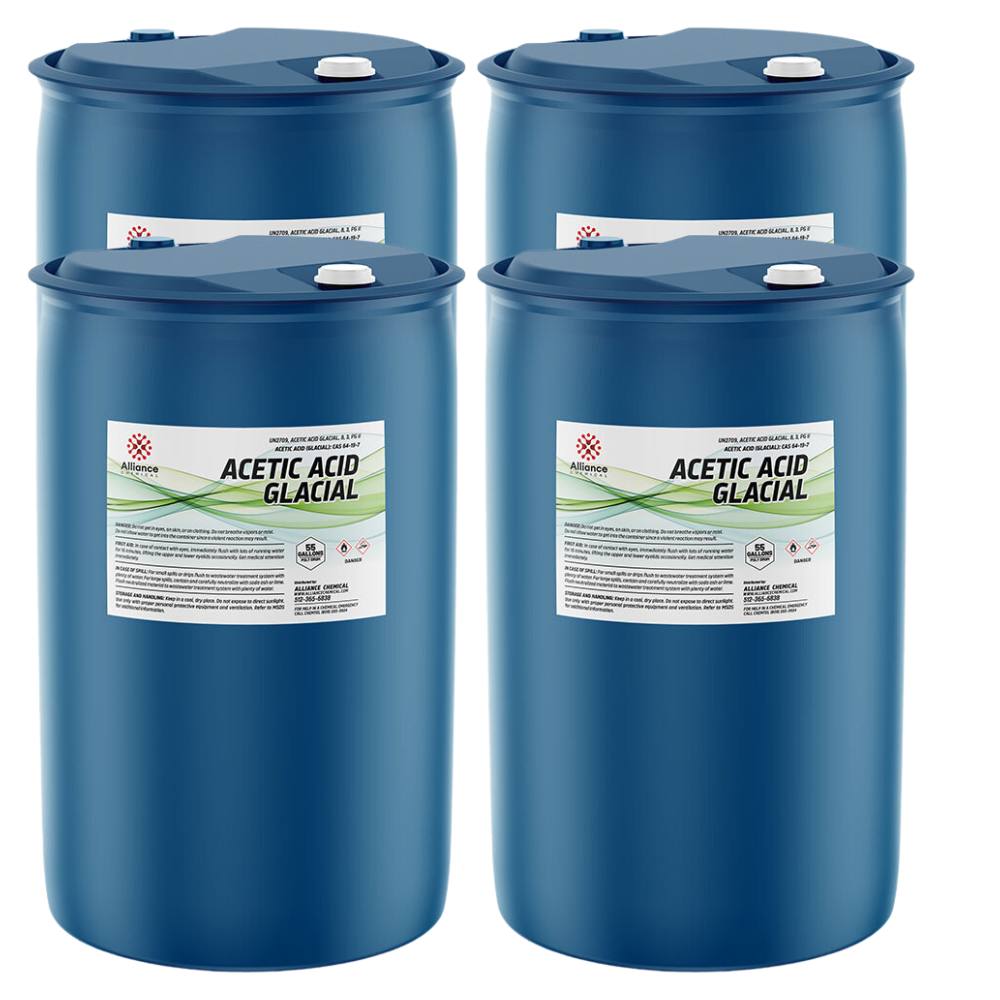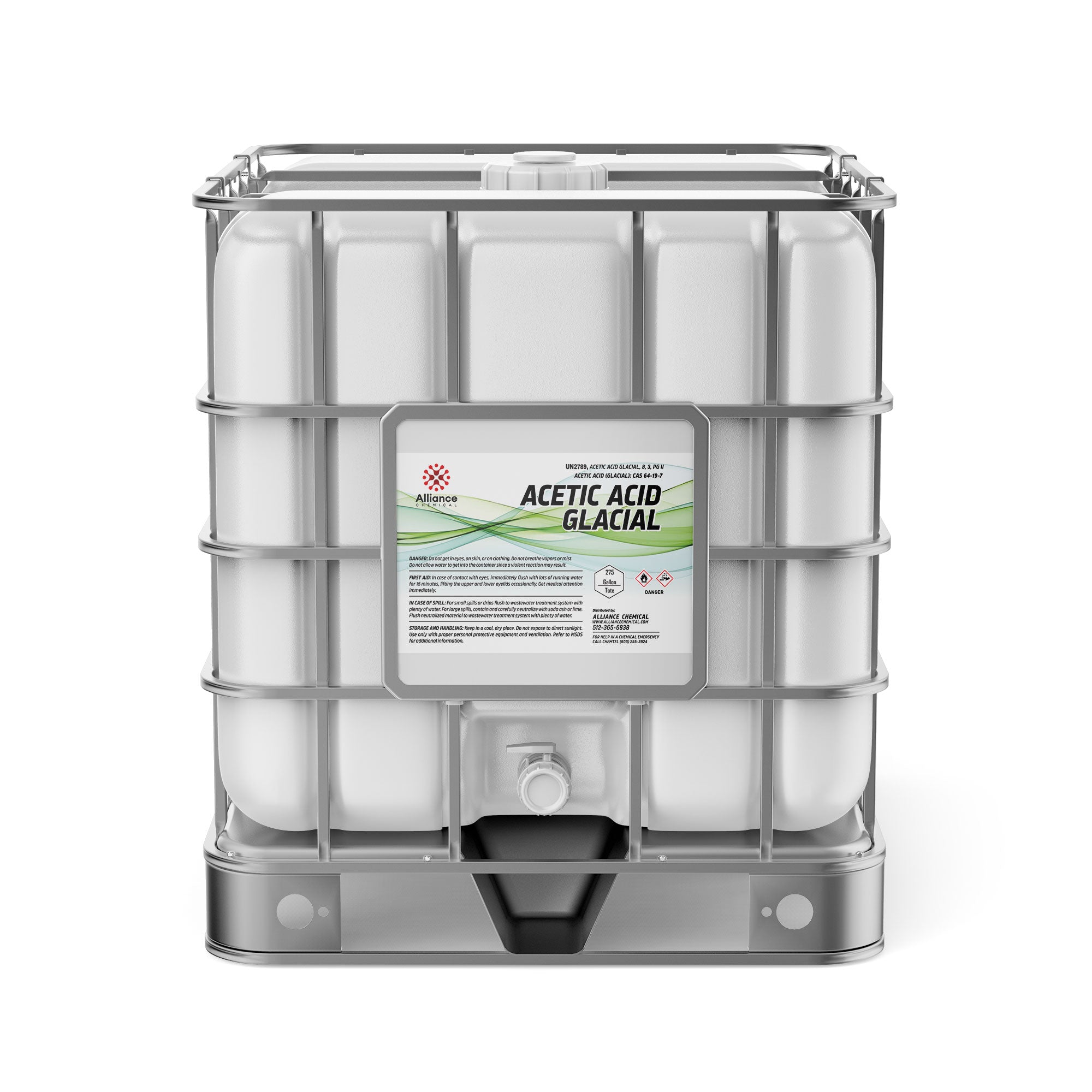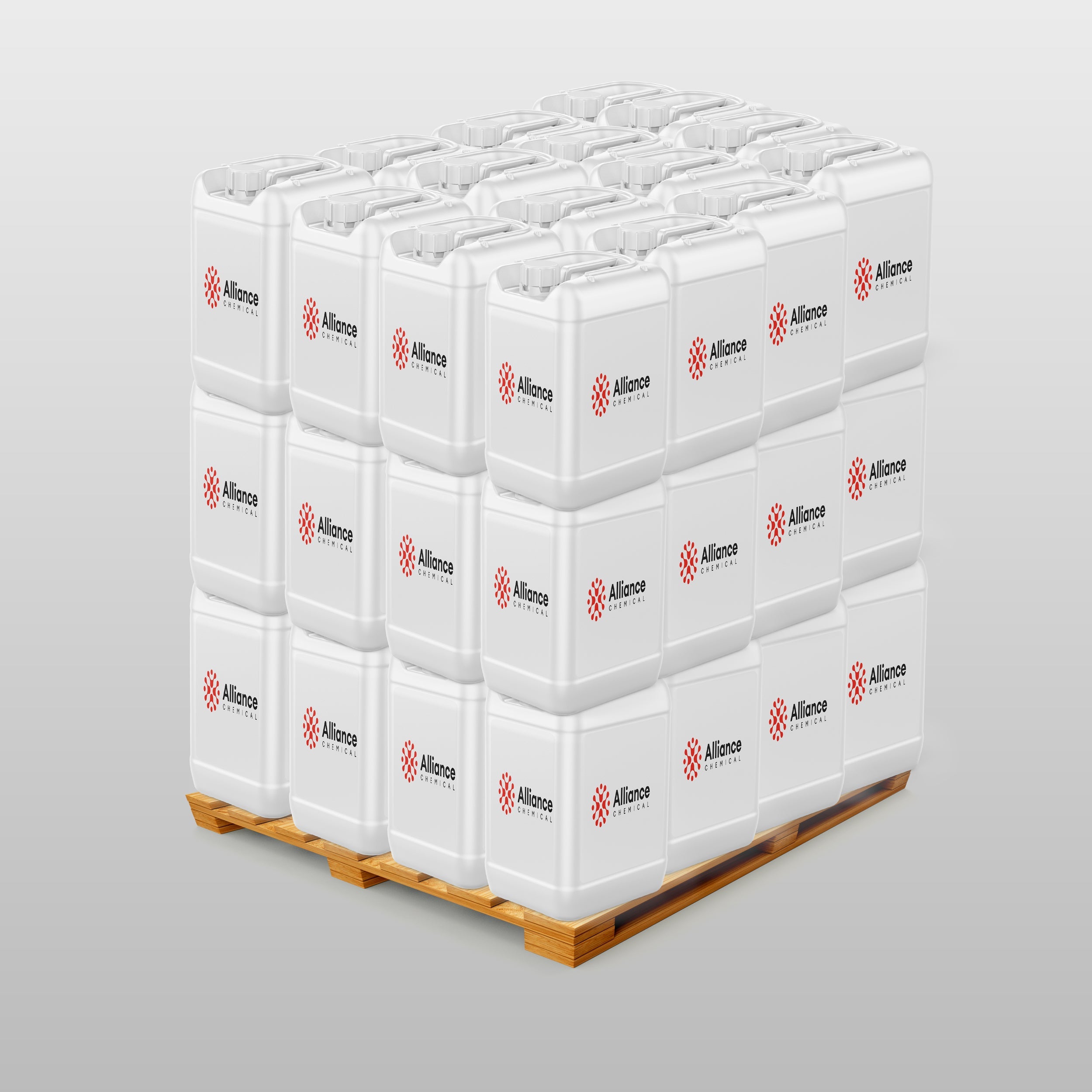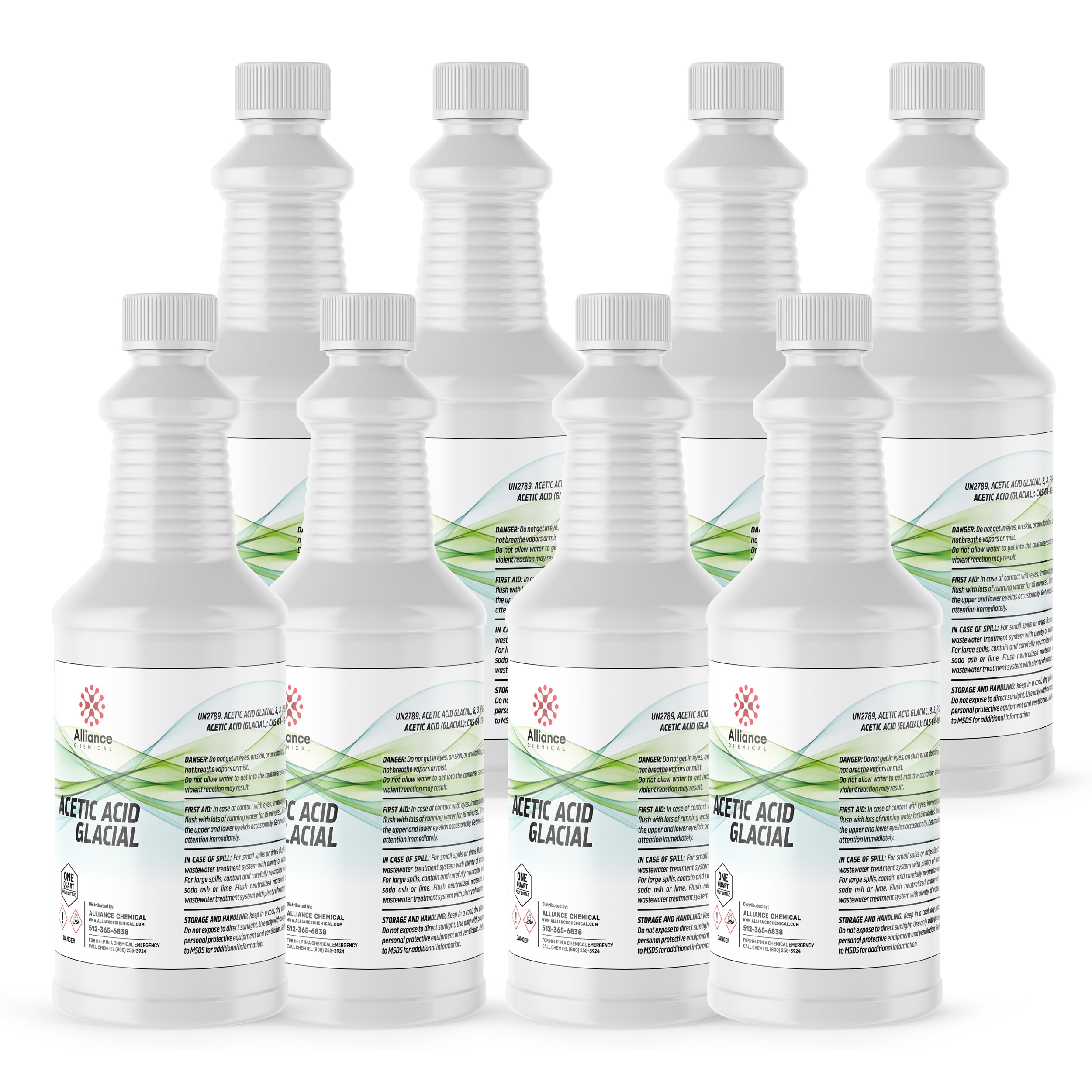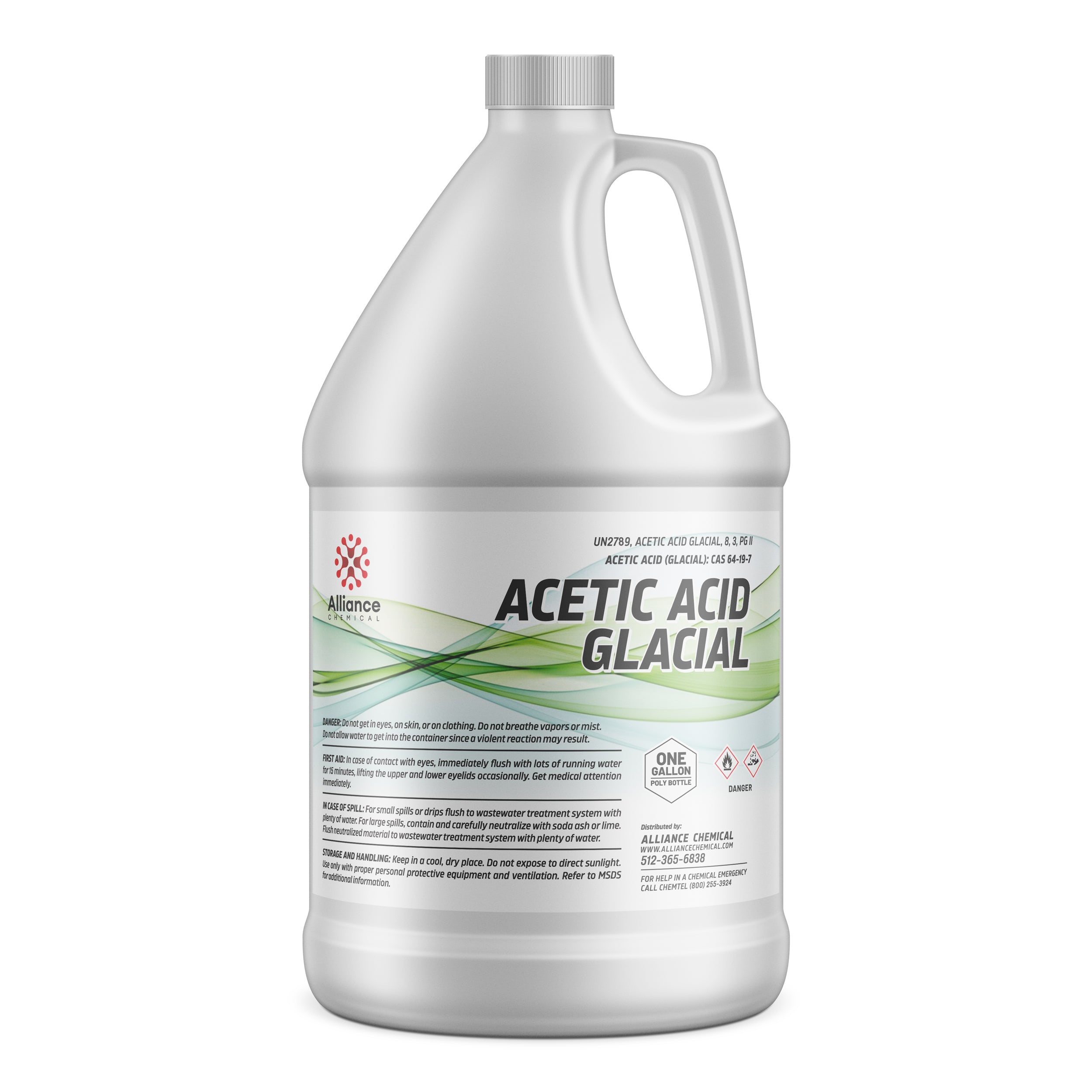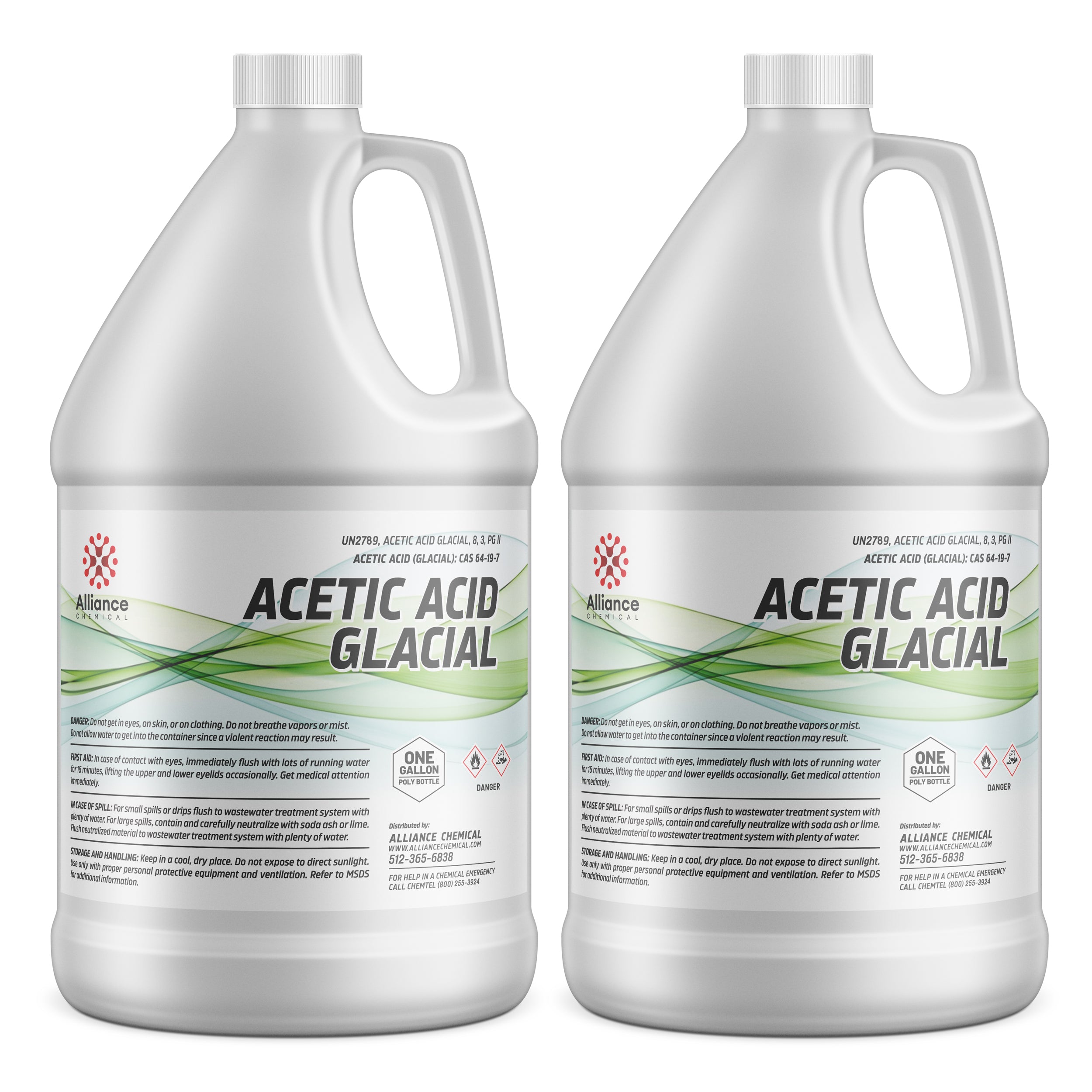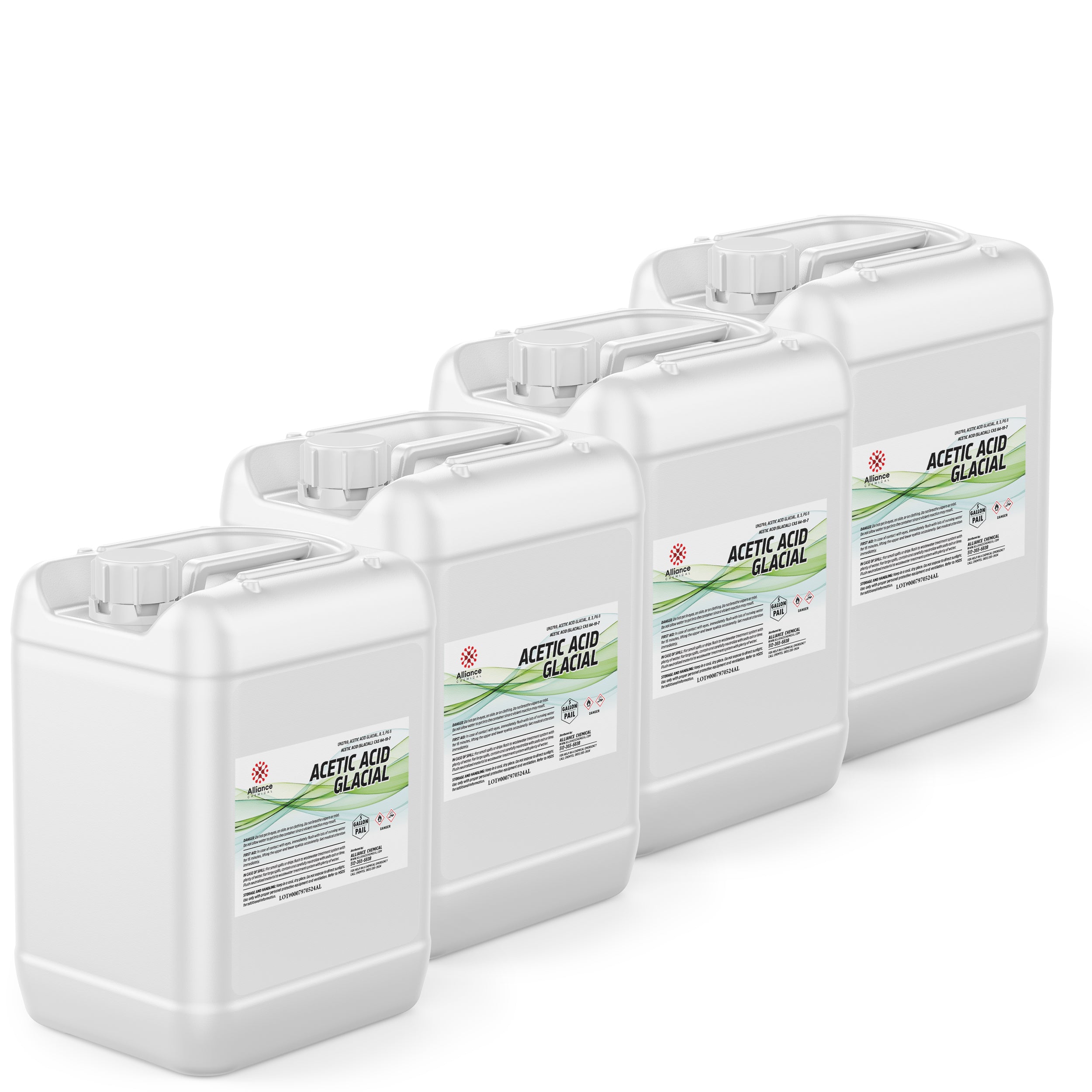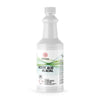Ask a question
Product Overview
Acetic Acid Glacial Technical is a colorless, hygroscopic liquid with a pungent odor, representing a highly concentrated form of acetic acid (CH₃COOH). This ACS Reagent Grade, USP-NF Monograph-compliant product is supplied at 99.5–100.5% assay by titration with standardized NaOH, ensuring high purity for demanding industrial and laboratory applications. The material exhibits a specific gravity around 1.049 g/mL at 20°C and a boiling range of 118–120°C, enabling predictable performance across formulation and processing workflows. Its low water content and strict impurity profile (low chloride, nitrate, sulfates, heavy metals, and trace metals) support precision applications where contaminant control is critical. This reagent is typically stored under inert conditions to minimize moisture pickup and maintain purity for extended shelf life.
In addition to serving as a versatile solvent and chemical reagent, Acetic Acid Glacial Technical plays a key role in pH adjustment, organic synthesis, and as a preservative in suitable matrices. The product meets established standards (ACS Reagent Grade; USP-NF Monograph), reinforcing its suitability for both industrial production and analytical laboratories. The material’s physical properties, along with its stringent specification set, enable reliable, repeatable results in process streams, analytical calibrations, and quality control testing.
Key Properties
- Assay (wt%): min 99.5 – max 100.5; typical 99.8; test method: Titration with standardized NaOH
- Color (APHA): max 15; typical 5; test method: APHA/Hazen visual comparison
- Specific Gravity (20°C): min 1.048 – max 1.05; typical 1.049; test method: Hydrometer or pycnometer at 20°C
- Residue After Ignition (%): max 0.01; typical 0.005; test method: Gravimetric analysis after ignition
- Chloride (ppm): max 5; typical 2; test method: Ion Chromatography
- Nitrate (NO₃⁻, ppm): max 2; typical 0.5; test method: Ion Chromatography
- Ammonium (NH₄⁺, ppm): max 1; typical 0.2; test method: Ion Chromatography
- Sulfate (SO₄²⁻, ppm): max 2; typical 0.5; test method: Ion Chromatography
- Phosphate (PO₄³⁻, ppm): max 1; typical 0.2; test method: Ion Chromatography
- Arsenic (As, ppm): max 0.01; typical 0.005; test method: ICP-OES
- Heavy Metals (as Pb, ppm): max 0.5; typical 0.1; test method: ICP-MS
- Iron (Fe, ppm): max 0.2; typical 0.05; test method: ICP-OES
- Copper (Cu, ppm): max 0.1; typical 0.02; test method: ICP-OES
- Manganese (Mn, ppm): max 0.1; typical 0.02; test method: ICP-OES
- Nickel (Ni, ppm): max 0.05; typical 0.01; test method: ICP-OES
- Lead (Pb, ppm): max 0.05; typical 0.01; test method: ICP-OES
- Zinc (Zn, ppm): max 0.2; typical 0.05; test method: ICP-OES
- Aluminum (Al, ppm): max 0.5; typical 0.1; test method: ICP-OES
- Chromium (Cr, ppm): max 0.05; typical 0.01; test method: ICP-OES
- Cobalt (Co, ppm): max 0.05; typical 0.01; test method: ICP-OES
- Calcium (Ca, ppm): max 0.5; typical 0.1; test method: ICP-OES
- Magnesium (Mg, ppm): max 0.5; typical 0.1; test method: ICP-OES
- Potassium (K, ppm): max 0.5; typical 0.1; test method: ICP-OES
- Sodium (Na, ppm): max 0.5; typical 0.1; test method: ICP-OES
- Solids/Reducing Permanganate: Passes test (Potassium permanganate time test)
- Sulfurous Acid (H₂SO₃, ppm): max 0.2; typical 0.05; test method: Colorimetric reduction assay
Common Applications
- pH Adjustment: Industry: Water Treatment — used to fine-tune pH in municipal and industrial water streams to optimize coagulation, disinfection, and corrosion control while maintaining compatibility with downstream processes.
- Solvent in Organic Synthesis: Industry: Chemical Manufacturing — serves as a versatile polar aprotic solvent for esterifications, condensations, and oxidation/reduction reaction media with high solubility for organic substrates.
- Food Preservative: Industry: Food Processing — utilized as a preservative and flavor adjunct in select formulations, with regulatory considerations for concentration and exposure limits in finished products.
- Chemical Reagent: Industry: Laboratory — reagent for calibration, titrations, and preparative procedures; provides consistent activity and traceability in analytical workflows.
- Textile Processing: Industry: Textiles — employed in dyeing and finishing processes to modulate fiber chemistry, improve permeability, and act as a solvent carrier for dye formulations.
Safety Precautions
First safety paragraph: Handle Acetic Acid Glacial Technical in a dedicated chemical handling area with appropriate ventilation. Use chemical resistant gloves, splash-rated goggles, and a lab coat or apron. Store in HDPE or glass containers in a cool, dry, well-ventilated area away from incompatibles (oxidizers, bases). Keep containers tightly closed to minimize moisture absorption and maintain purity; use secondary containment to mitigate spills. Follow storage guidelines to prevent exposure to heat and light, and ensure compatibility with storage materials per SDS recommendations.
Second safety paragraph: This material is classified as corrosive (safety data indicate potential for skin and eye damage) and requires exposure controls and emergency procedures per OSHA/GHS. In case of contact with skin or eyes, rinse immediately with copious water for at least 15 minutes and seek medical attention. If inhaled or ingested, follow SDS-recommended first aid and contact poison control or medical professionals. Use appropriate spill response measures, neutralization where permitted, and proper waste disposal in accordance with local, state, and federal regulations. UN 2789, Acetic acid, Class 8, Packing Group II applies to transport; observe all shipping requirements and MSDS guidance during handling and transport.
Benefits
✔ High Purity and Consistency – Meets ACS Reagent Grade and USP-NF monograph standards, ensuring reliable performance across analytical and manufacturing processes.
✔ Controlled Impurity Profile – Low chloride, nitrate, sulfate, phosphate, and trace metal levels minimize contamination risks in sensitive applications.
✔ Accurate Specification – Precise titration-based assay and tight color, density, and impurity controls support reproducible results in critical workflows.
✔ Versatile Utility – Broad solvent and reagent applications in water treatment, organic synthesis, food processing, and textiles.
| Property | Value |
|---|---|
| Molecular Weight | 60.05 g/mol |
| Formula | CH3COOH |
| Assay | 100% |
| Flash Point | 39 |
| Form | Liquid |
| Solubility | Highly water soluble |
| Appearance | Clear, colorless liquid |
| Melting Point | 16 °C |
| Boiling Point | 118 °C |
| Industry | Chemical Manufacturing, Industrial Processing, Research, Textile |
Compare Products
| Price |
|---|
| SKU |
| Rating |
| Discount |
| Vendor |
| Tags |
| Weight |
| Stock |
| Short Description |

